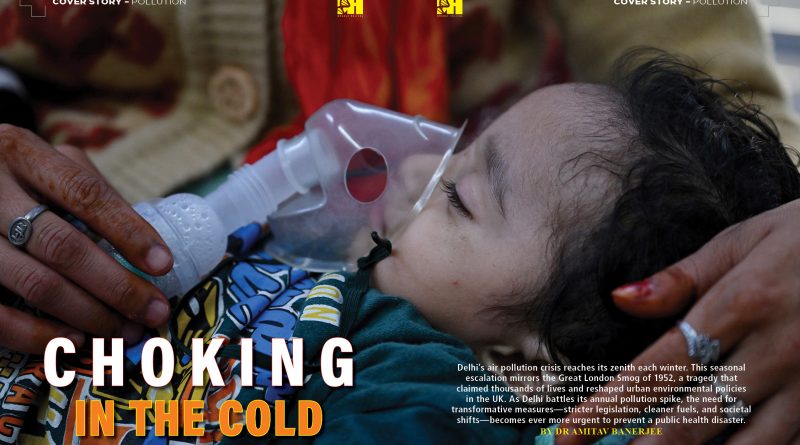Choking in the Cold
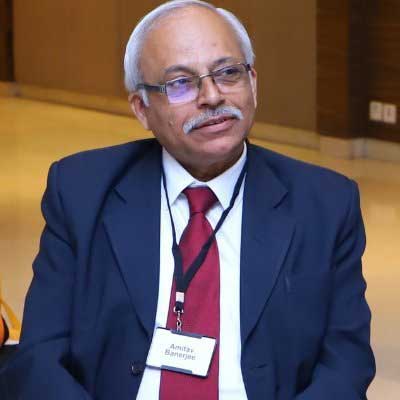 Delhi’s air pollution crisis reaches its zenith each winter. This seasonal escalation mirrors the Great London Smog of 1952, a tragedy that claimed thousands of lives and reshaped urban environmental policies in the UK. As Delhi battles its annual pollution spike, the need for transformative measures—stricter legislation, cleaner fuels, and societal shifts—becomes ever more urgent to prevent a public health disaster.
Delhi’s air pollution crisis reaches its zenith each winter. This seasonal escalation mirrors the Great London Smog of 1952, a tragedy that claimed thousands of lives and reshaped urban environmental policies in the UK. As Delhi battles its annual pollution spike, the need for transformative measures—stricter legislation, cleaner fuels, and societal shifts—becomes ever more urgent to prevent a public health disaster.
By Dr Amitav Banerjee
The cold season can bring in its wake many other health conditions. At low environmental temperatures, the body ‘s thermostat mechanism kicks in to maintain its core temperature to ensure the smooth functioning of the vital organs.
One of the first is to reduce circulation of blood to the skin and peripheries to prevent heat loss. Shivering due to muscle contractions is also a reaction to cold to raise the body temperature. The thyroid gland may produce more thyroxin to increase the metabolic rate.
Cold dry air can make the respiratory epithelium dry and vulnerable to viruses and other pathogens. This together due to more people staying indoors with suboptimal ventilation can increase the incidence of respiratory infections like the seasonal flu and cold. The latter may include infections with a number of coronaviruses including the SARS-Cov-2 which is novel no longer and should not cause undue worry as firstly, most Indians have been exposed to the “novel” coronavirus and secondly, repeated mutations has rendered the virus milder.
Besides, respiratory ailments, cold temperatures can aggravate and precipitate many conditions including skin conditions, rheumatoid and other joint disorders, cardiovascular diseases and mental health issues.
While these are winter woes at the individual level, to be coped with personal precautions and care, a greater threat is the synergism between extreme low temperatures and very poor air quality index (AQI) which can lead to a “black swan” event like the Great London Smog of 1952, unless pre-emptive measures are not taken to clean up the air by enforcement of regulations and action at the community and individual levels.
Respiratory Infections
Common cold: The common cold is the most prevalent winter health issue, usually more of a nuisance. However, in frail and bedridden elderly people it can lead to secondary bacterial pneumonia and can be serious. The infection may start with the throat and effect the upper respiratory passages and the ear. There are over 200 viruses that can cause colds. While mostly self-limiting and without any definitive cure, common cold is responsible for the highest sickness absenteeism.
Influenza: Like the common cold, flu caused by different strains of the influenza virus, is another seasonal infection. But unlike the self-limiting common cold, it can be quite debilitating. The symptoms include sore throat, fever, sneezing, coughing, body ache, fatigue, and sometimes even diarrhoea. There are vaccines available for the influenza virus. However, they have to be matched with the circulating strains and mostly it is a hit and miss situation with varying efficacy of the vaccine depending on the correct match. The vaccine may be considered in the elderly with co-morbidities such as chronic obstructive pulmonary disease, diabetes and cardiovascular disease.
Pneumonia: This can be viral or bacterial or mixed – a viral infection can be followed by a bacterial pneumonia. Streptococci pneumoniae, the pneumococcal pathogen, is the most common cause of community acquired lobar pneumonia. Other causes of bacterial pneumonia include Klebsiella pnemoniae, Legionella pneumophila, Haemophilus Influenzae, and in our country, Mycobacterium tuberculosis. The patient will require to go thorough investigations including bacterial culture and sensitivity tests for a definitive diagnosis and appropriate antibiotics.
Whooping cough. While primarily a disease of children, classically known as the “100-day cough” not controlled mostly by effective childhood vaccination program, can be a cause of persistent coughing in the older child or adult when the immunity in the vaccine wanes. The whopping cough vaccine is contraindicated in older children and adults. The course can be shortened by antibiotics early in the illness.
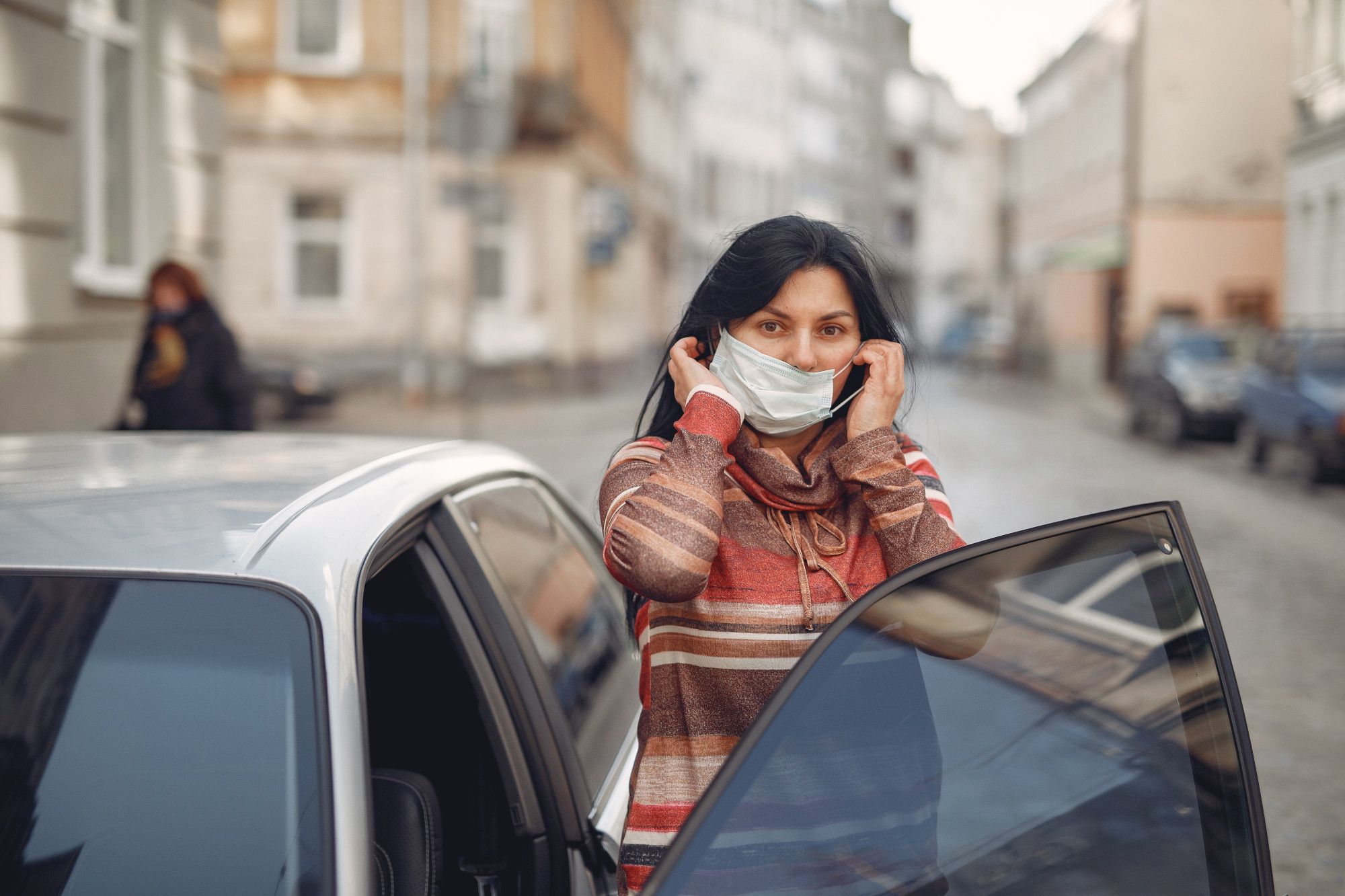 Aggravation of pre-existing respiratory conditions.
Aggravation of pre-existing respiratory conditions.
Smokers, people with chronic obstructive lung disease fare badly in winter due to cold and dry air.
Joint disorders: those suffering from chronic joint disorder such as osteoarthritis and rheumatoid arthritis may fare badly during the cold season. Regular exercises and physiotherapy to reduce joint and muscle stiffness can be useful.
Skin disorders: skin conditions such as eczema can flare up during the winter seasons. This can be due to several factors such as skin barrier dysfunction due to dryness, hot baths which can cause the skin to dry out more quickly in people with eczema. Instead of hot water, lukewarm water is recommended for people suffering from skin disorders. Minimum use of soap is desirable. Immediately after taking the bath the skin should not be scrubbed totally dry. Prescription topical medication and moisturisers should be applied immediately after a bath.
Cardiovascular disorders: Winter is the prime season for heart attacks and strokes. With drop in temperatures, the blood vessels tend to contract straining the heart. This can lead to spike in blood pressure or clotting of platelets leading to heart attacks and strokes. Sudden exposure of cold and appropriate multilayered winter wear is recommended.
Mental Health Issues in winter: seasonal affective disorders, also known as winter depression, manifesting with mood swings can be precipitated during the winter months. It may also lead to sleep and cognitive disorders.
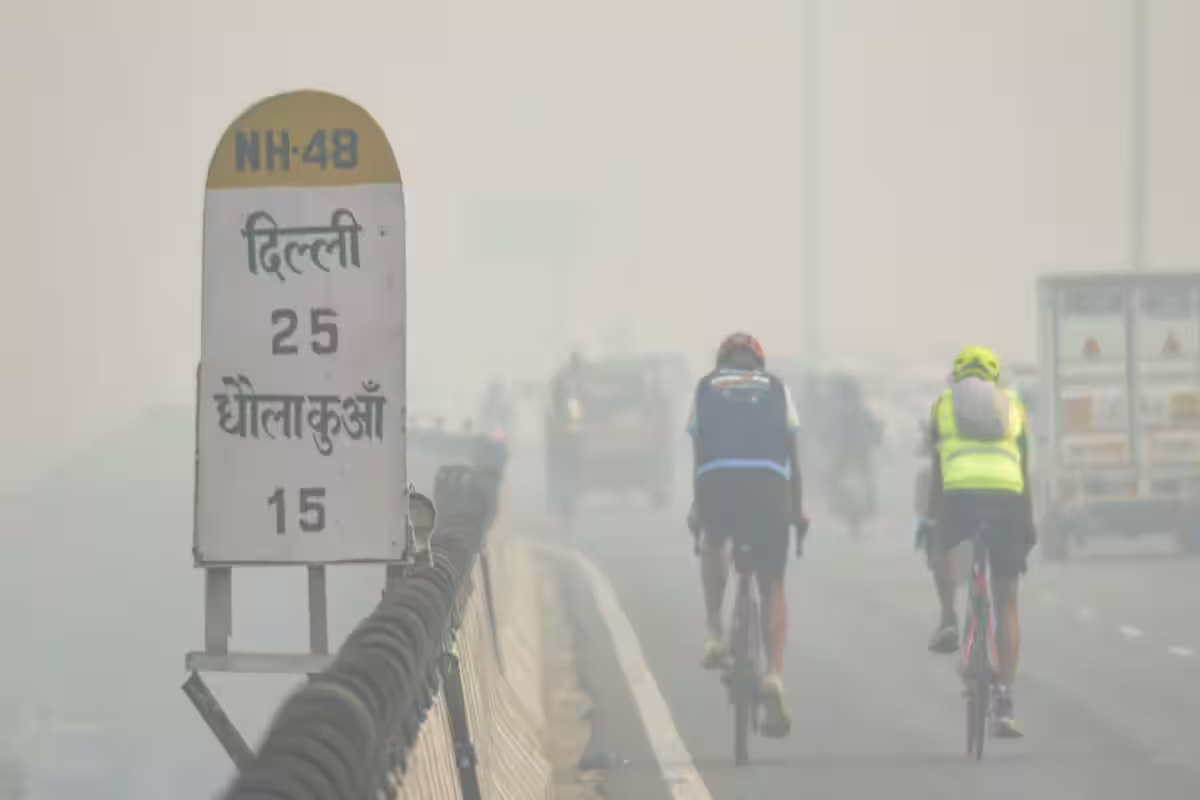 Hypothermia: Abnormally low body temperature is a medical emergency due to exposure to extremely low temperatures. While hypothermia is most likely at very cold temperatures, it can occur even at cool temperatures (above 40°F) if a person becomes chilled from rain, sweat, or submersion in cold water.
Hypothermia: Abnormally low body temperature is a medical emergency due to exposure to extremely low temperatures. While hypothermia is most likely at very cold temperatures, it can occur even at cool temperatures (above 40°F) if a person becomes chilled from rain, sweat, or submersion in cold water.
The Larger Canvas: can Delhi in winter, face a similar phenomenon as the Great London Smog of 1952?
The combined effect of extreme cold weather and poor air quality can be disastrous as illustrated by the phenomenon of the Great London Smog of 1952. So, it would be worthwhile to consider the aggravating impact of air pollution and measures to curb it particularly during the cold winter months.
Each city has its unique character and challenges. The coping strategies need to be adopted according to the local conditions. Every winter, the Indian Capital Delhi, faces the dual assault of extreme cold environmental conditions coupled with very poor air quality. This raises fears of a deadly phenomenon like the Great London Smog of 1952. We can take the recurrent environmental crisis in the form of air pollution coupled with extreme cold weather which has become an annual phenomenon in Delhi as representative of the situation in North India. Firstly, let us consider the factors leading to the “Black Swan” event, the “Great London Smog” of 1952. Most readers may not have been born at that time. This may also dispel the myth that such conditions are a recent phenomenon.
The Great London Smog of 1952
The Great London Smog of 1952 was precipitated by the polluted air that descended on the city in December 1952. Extreme cold weather, together with an environmental pattern called, “anticyclone” i.e. calm winds or complete absence of wind movement, allowed pollutants, largely from burning fossil fuel like coal, to build up and lead to a dense canopy of smog over London. This canopy of smog remained just five days from 05 December 1952 to 09 December 1952 after which it dissipated quickly with the change of weather. But during this short period, it led to chaos and casualties.
The smog reduced visibility on the roads and even crept into houses. The phenomenon claimed the lives of over 4,000 people in five days mostly from traffic accidents and respiratory ailments. Later estimates suggest that the toll may have crossed 12, 000.
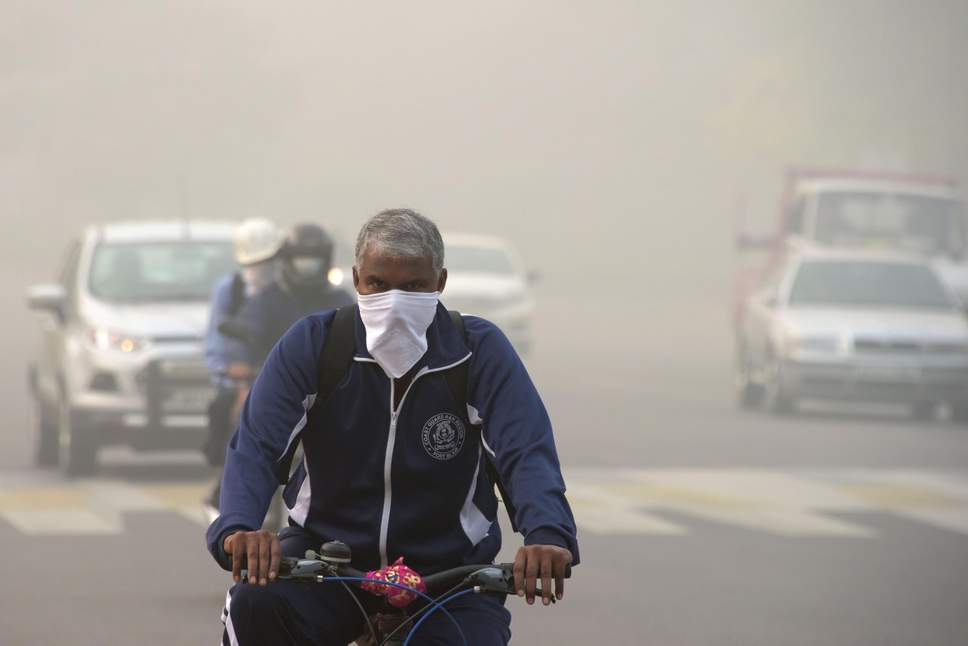 The city’s response to the Great London Smog.
The city’s response to the Great London Smog.
After this tragedy the UK Government and the local authorities took a number of steps as follows:
Clean Air Act 1958, This was a crucial legislation in response to the event. It emphasised controlling the source of air pollution in homes and industries. Rules were set on the amount of smoke coming out of chimneys, encouraging the use of cleaner fuel in cities, and moving industries away from crowded areas.
Switching to cleaner fuels. There was a shift towards using cleaner fuels such as natural gas and electricity, which emitted less hazardous substances compared to coal.
Relocating polluting industries. These were relocated to less crowded locations, reducing the health hazards to people.
Improving public transportation. London transformed its public transport. They introduced electric buses and expanded the London Underground making people use cleaner modes of public transport.
Monitoring air quality. Systems were set up to monitor air quality. This enabled to set in place early warning systems in case of an impending smog.
Generate Public Awareness. Intensive campaigns were launched to create awareness among the people about the hazards of air pollution particularly in the winter months. Each individual was encouraged to do their bit to curb pollution.
Urban planning. There were efforts in town planning. Industries were separated from residential areas.
Can Delhi emulate the steps taken by London seven decades ago?
It is a measure of our poor urban planning that we are facing a possible catastrophic situation which London faced over seven decades ago. London did overcome this setback by the above steps to improve the environment particularly during extreme cold conditions. These measures prevented similar catastrophes in the future in London. This should serve as an example to other countries trying to clean their cities of air pollution which can precipitate disaster during the winters.
Some key messages from the London experience in 1952 and the subsequent response which Delhi could emulate are, legislation and regulation, urban planning, public awareness, and encouraging the use of cleaner fuels.
We do have a national clean air program but so far it has had less impact. The Air Pollution (Control and Prevention) came into force in 1981. Later the ambient air quality standards were announced after almost a decade in 1994 which was later revised in 1998, In November 2009, after a complete review by IIT Kanpur, a more stringent National Ambient Air Quality Standards (NAAQS) was put in place. This included 12 pollutants hazardous to human health.
The biggest barrier to clean air in the Indian context: too many private cars on the road and neglect of public transport.
Gustavo Petro, a former Mayor of Bogota, has famously expressed, “A developed country is not a place where the poor have cars. It’s where the rich use public transportation.”
The automobile industry is one of the most significant and increasing source of pollution worldwide. The growth of this industry has important environmental effects. Expansion of road networks enabling more private cars on the roads lead to positive and unintended negative consequences.
World War II was a landmark for the automobile industry. It led to increasing capacity for mass production, personal mobility, research and trade-offs between environmental impact and social policies and welfare.
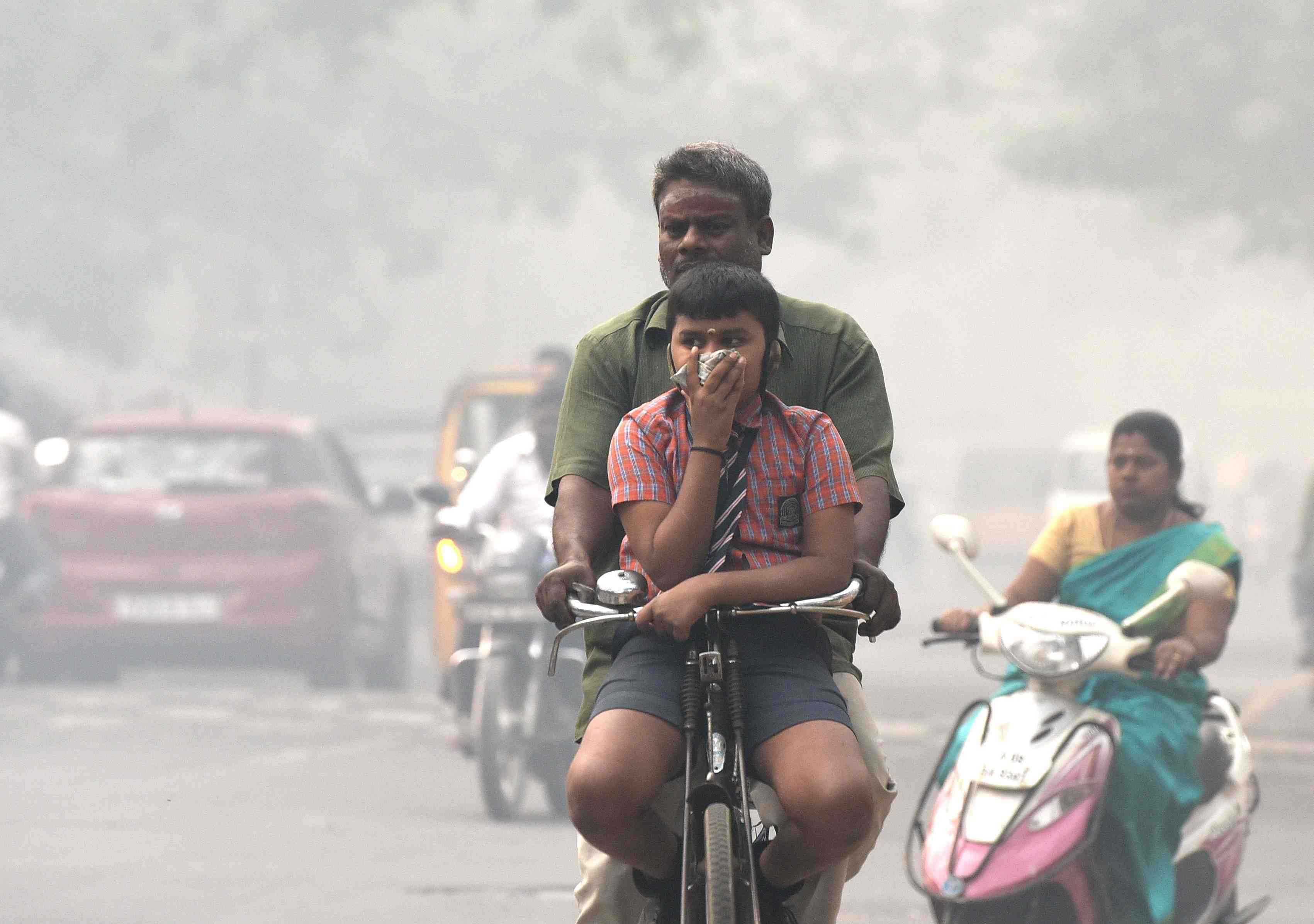 Cars have become the world ‘s second most exported product making them a product of huge economic importance. While the market for automobiles may be shrinking in developed nations where most people prefer public transport, it is rapidly expanding in developing countries due to neglected and inefficient public transportation system and increasing aspirations for a status symbol of the burgeoning and affluent middle classes. It is not unusual today for a middle class Indian urban family to have two or three cars. Multiple cars in a household with both even and odd number plates may have been one of the reasons for the regulation of “odd and even” days introduced in Delhi some time back having little impact on air quality.
Cars have become the world ‘s second most exported product making them a product of huge economic importance. While the market for automobiles may be shrinking in developed nations where most people prefer public transport, it is rapidly expanding in developing countries due to neglected and inefficient public transportation system and increasing aspirations for a status symbol of the burgeoning and affluent middle classes. It is not unusual today for a middle class Indian urban family to have two or three cars. Multiple cars in a household with both even and odd number plates may have been one of the reasons for the regulation of “odd and even” days introduced in Delhi some time back having little impact on air quality.
Since 1951, the number of vehicles on Indian roads has increased by 11 per cent annually, while the road network in the country has grown by a mere 4 per cent annually. This is leading to frequent traffic jams with car engines idling for long, emitting increasing amounts of air pollutants. Government study findings reveal that 75 per cent of air pollution in metros such as Delhi is due to increase of vehicles on the road. We may shoo away industries from the cities but it is a bigger challenge to reduce the density of private cars on crowded Indian roads. Market forces and consumption patterns of the neo rich in developing economies are the social factors not drawing adequate attention of researchers.
There have been attempts of tackle this problem by building flyovers and more stringent norms for vehicular emissions. But they are too little and too late. Traffic jams continue in the metros in spite of these flyovers. While private vehicles account for 68 per cent of vehicles on Indian roads occupying 67 per cent of the road space, they carry only 37 per cent of passengers. Public transport like busses account for 24.4 per cent of vehicles occupying 38 per cent of road space and carry 67 per cent of the commuters. Hence increasing private cars in India driven by market forces and middle-class aspirations for misplaced status symbol, does not help the affluent or the deprived. All suffer from increasing air pollution.
Even the late Ratan Tata, a great visionary in many areas, failed to envisage this dilemma when he was inspired to create the Tata Nano for the common man which became famous for being the cheapest car in the world during its short presence. What is required is more efficient, accessible and cheap public transportation system which is prevalent in developed nations of the world. These very nations for instance Japan export their cars to India, while their own people use their efficient public transports.
While policy makers in the country are struggling to create more flyovers and metros, it is the middle class who need course correction in their value systems as to what constitutes “status symbol.” Failing this, they continue to provide an ever-increasing market for the automobile industry.
(The author is a renowned epidemiologist, and currently is Professor Emeritus at Dr DY Patil Medical College in Pune, India. Having served as an epidemiologist in the armed forces for over two decades, he recently ranked in Stanford University’s list of the world ‘s top 2 per cent scientists).

